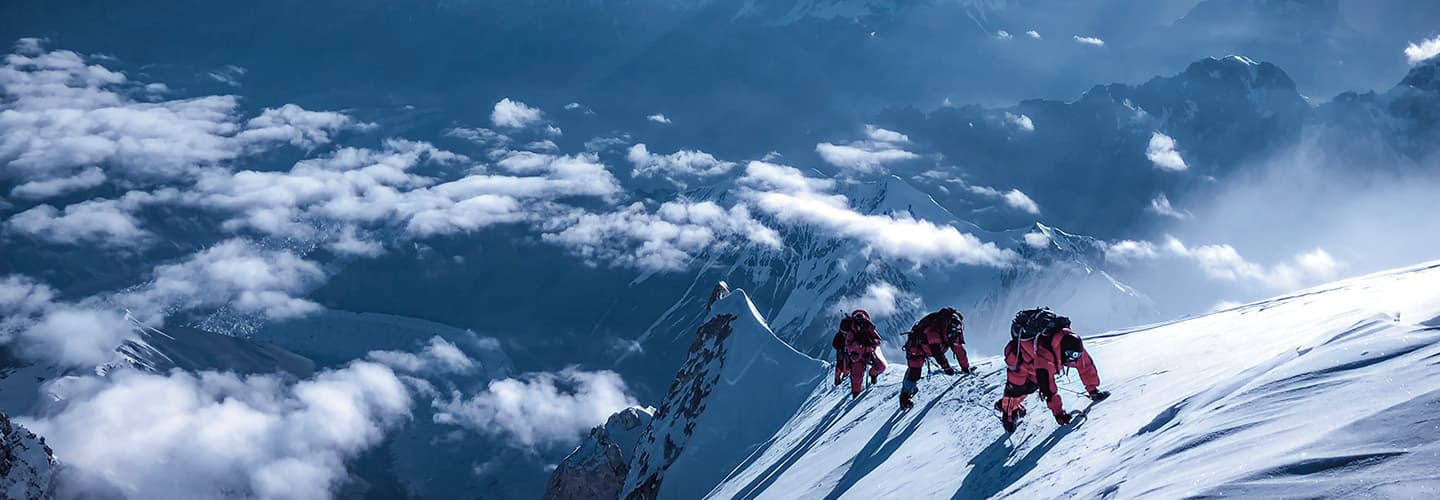PRAKASH MATHEMA/AFP via Getty Images
Kami Rita Sherpa
Next month, hundreds of adventurers will attempt to reach the summit of Mount Everest, the tallest mountain on Earth. For many, climbing to the top of Everest’s steep, icy slopes is a once-in-a-lifetime achievement. But Kami Rita Sherpa has scaled Everest a record 28 times. Last year, he did it twice in one week.
Kami Rita is an expert guide who helps others reach the top of the world. Without support from guides like Kami Rita, it would be impossible for most climbers to get there.
Working on Everest means risking serious injury—or even death. As more climbers try to scale Everest each year, the job of guides is growing more dangerous.
Next month, hundreds of adventurers will attempt to reach the summit of Mount Everest. It’s the tallest mountain on Earth. For many, climbing to the top of Everest is a once-in-a-lifetime achievement. But Kami Rita Sherpa has scaled Everest a record 28 times. Last year, he did it twice in one week.
Kami Rita is an expert guide. He helps others reach the top of the world. Without support from guides like him, it would be impossible for most climbers to get there.
Working on Everest means risking serious injury—or even death. More climbers try to scale Everest each year. The job of guides is growing more dangerous.

